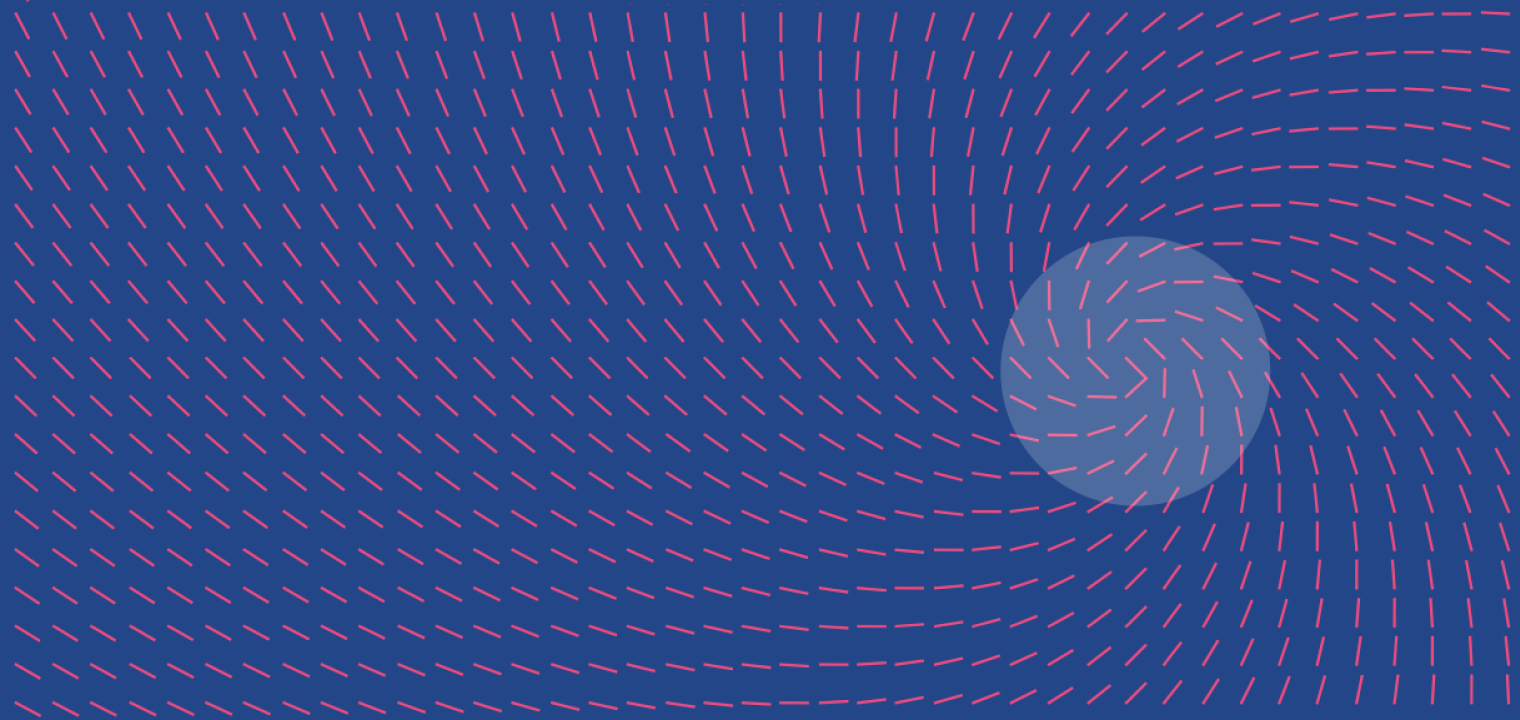Everything you wanted to know about Google Material Design (Part One)
In part one of the series, we explore some of the big questions about Google Material Design, including what it is, how it was developed, and its core design principles.
Welcome to iFactory’s four-part series that explores Google’s material design. In part one of the series, we explore some of the big questions about Google Material Design, including what it is, how it was developed, and its core design principles.
What is Google’s material design?
Google Material Design is essentially Google’s new design language for the web and for its physical elements, including Android and Chrome OS. It’s a whole new look that involves changes to colour schemes and the use of colour, iconography and how it is designed and used, typographical changes and alterations to ensure a higher level of consistency in the interface hierarchies.
What are the design principles?
Google is saying that the new interface draws on a ‘unifying theory of rationalised space and a system of motion.’ This is Google tech speak for refocusing Google’s design language so that it draws on reality as an inspiration. Google’s Android head, Matias Duarte, expressed that, for Android, the Google Material Design will emphasise real life elements at every opportunity.
‘Our material is grounded in tactile reality, inspired by our study of paper and ink, yet open to imagination and magic’,
Matias Duarte, 2016.
What will the reality of the changes mean?
Google Material Design is essentially about merging the tactile realities of design with the magic of technology. Big changes will be noticeable in Google’s calendar app, weather app, and in photo galleries. Every part of the interface is likely to see minor changes, from different ripple effects to movements and motion changing to look more realistic. ‘Material’ is a metaphor for classic design that can be translated from paper and ink through the medium of technology.
The new look will be bold, colourful, and the look and feel will create meaning and hierarchy within itself. But more on that in the next of our four-part series.
We hope you’ve enjoyed the first part of this four part series which will take an in-depth look at Google Material Design. iFactory are one of Brisbane’s leading digital agencies. We deliver an award-winning service while remaining committed to sharing information and knowledge, like how Google Material Design is set to change the way we interact with technology. Stay tuned for more about this in part two of our four-part series, or call iFactory and speak to one of our friendly team of digital designers, web developers and digital marketing specialists about what the changes could mean for you.

